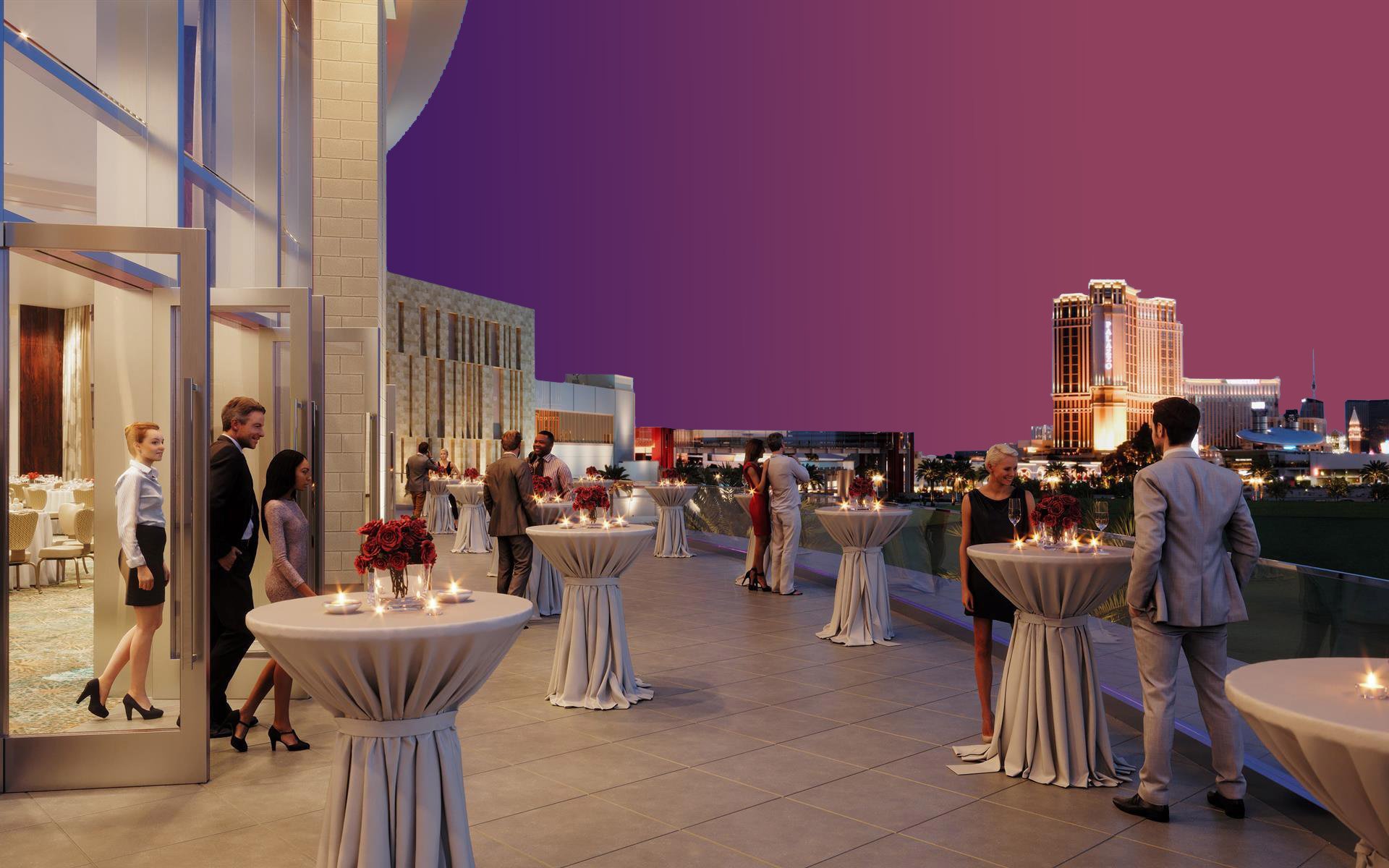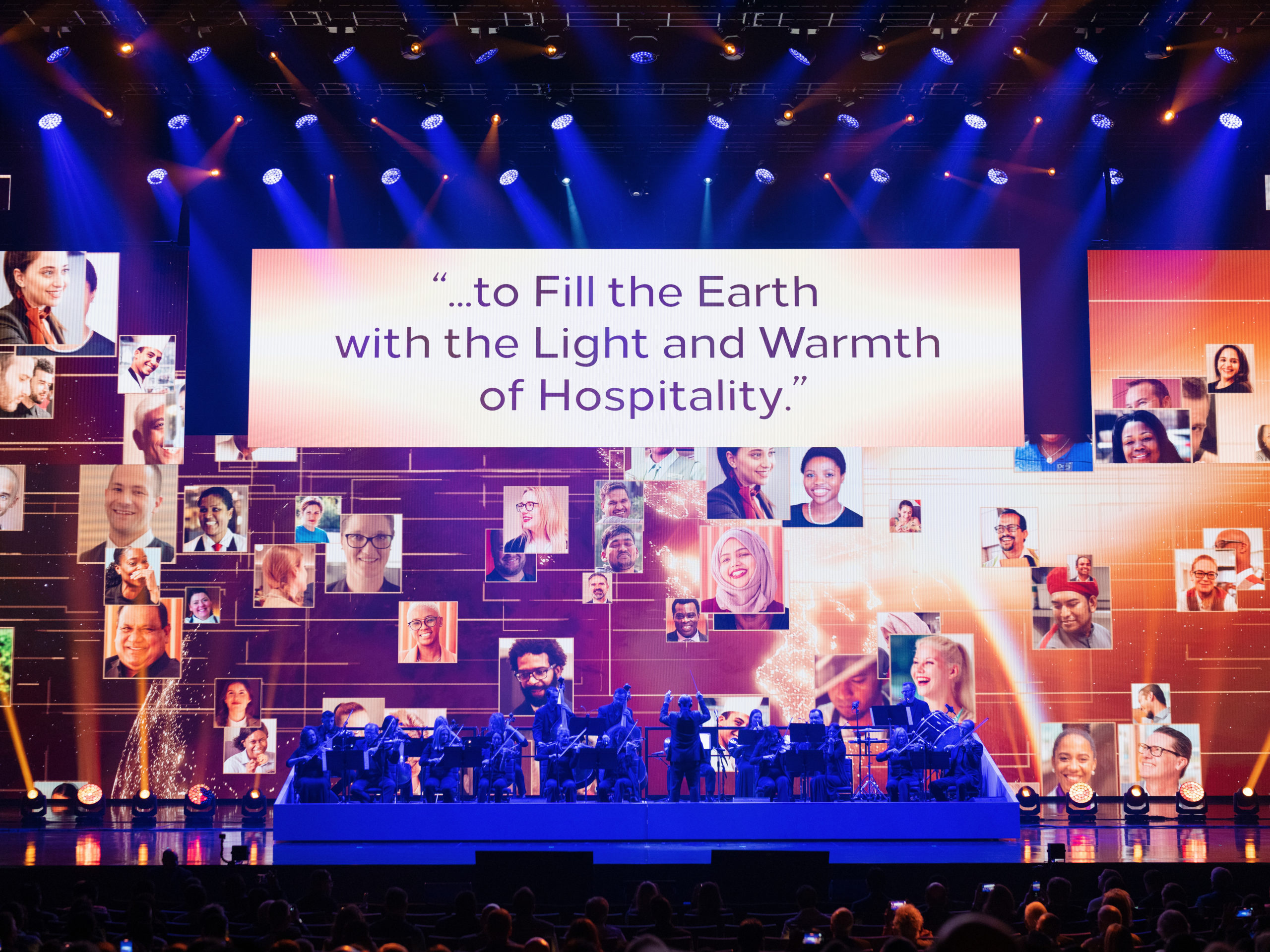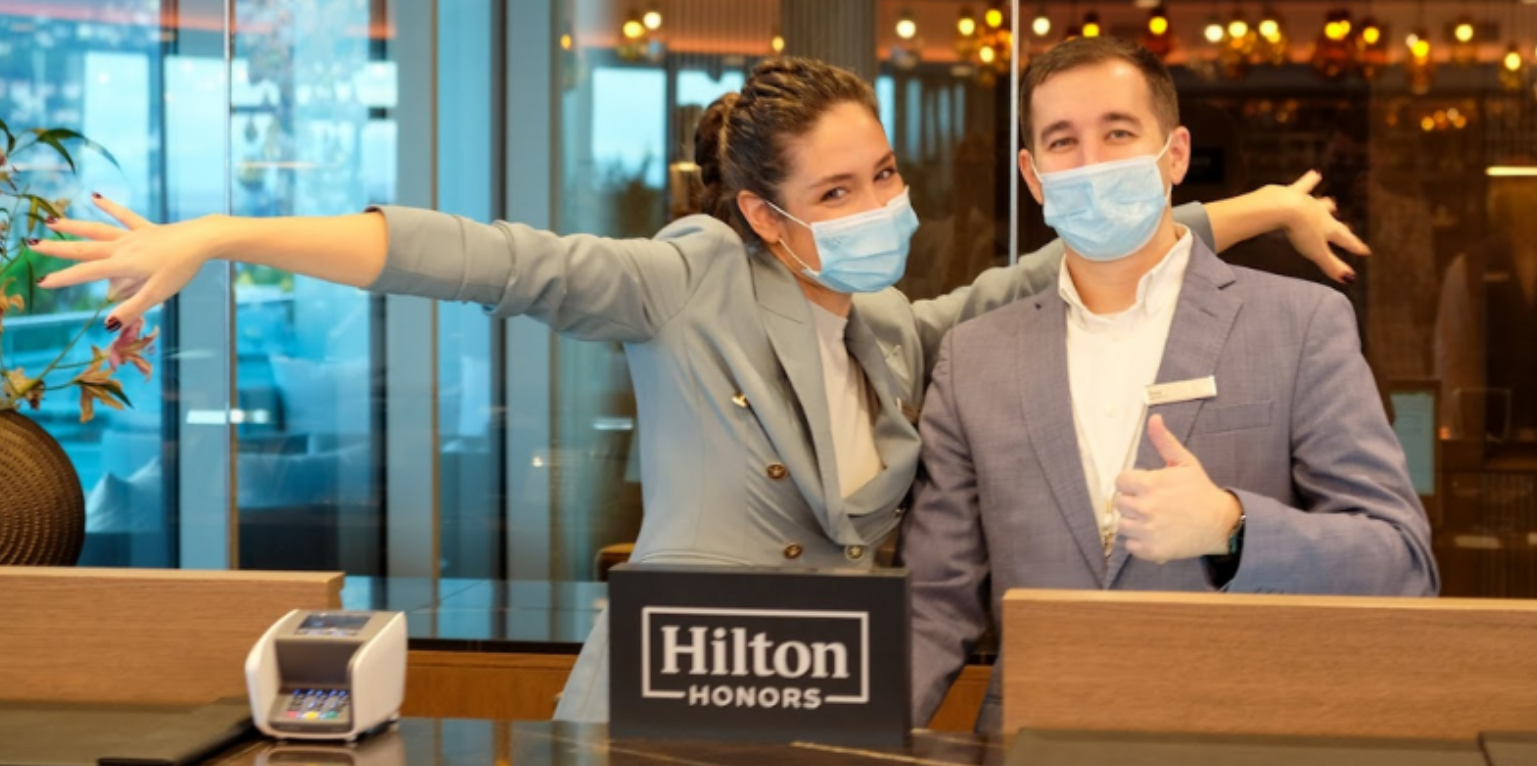As we begin navigating through conference objectives and content, our planning team is able to dive deeper into the timing, flow and meal functions of the event. It’s important to make sure attendees are fed and happy through the duration of your event!
To have a successful meeting or event, it is critical to identify your audience(s) and key objectives.
Consider the following when planning a menu:
- How many people will attend your event?
- Just because you have a certain amount of people registered for an event does not mean everyone will attend all meal functions. Some people may leave a day early or not attend a full day of meetings. It is important to capture this information during the registration process.
- What is the length of the event?
- Consider how long your attendees will be at the event and when they will need food & beverages breaks.
- What time of day is the event taking place?
- Is the event taking place over dinner time or right before? If before dinner, you can get away with some light appetizers. If the event falls over dinner time, you will need to consider ordering enough food to keep people full into the evening.
- What type of event are you planning?
- Donut walls and champagne towers may be the hot trends, but they may not be the best fit for a health and wellness conference.
- Will there be more men than women? What is the average age?
- In broad terms, a male-dominated audience will generally require more substantial food options compared to a female-dominated audience. Older audiences generally prefer more traditional meal options, whereas a younger audience may be open to a more unique food experience.
- What type of food are you looking to serve?
- All menus should offer balanced choices to accommodate diverse audiences. Build an inclusive menu with options that satisfy a wide range of dietary needs and lifestyle preferences.
- What are your goals & objectives?
- If the goal of a dinner is networking, a reception format will be more successful than a seated dinner. If the goal of a lunch is to save time, perhaps a plated lunch while a speaker is on stage will work better.
Once you have identified your audience and key objectives, next, you must consider your budget! Here are a few hot tips to keep in mind when selecting your menus and building your budget:
- Break down your budget into categories
- How many meals are you required to serve?
- Don’t forget breaks! Two breaks a day makes a huge difference in a budget.
- Don’t forget the smaller meetings within your meeting (like board meetings) that may require food/beverage.
- Determine the expected number of people for each meal function
- Evaluate registration and historical data of the event, if available.
- Does the conference grow year after year?
- Don’t forget you will need to feed staff, which not only includes your team, but also your vendors!
- Venue Prices
- Look at the venue’s catering package and determine cost by meal period. This will give you a better idea of how to spread out your per person budget.
- Don’t forget pricing is usually quoted exclusive of tax and service charge.
- Be creative! If standard published menus don’t offer what you need for a particular meal function, don’t be afraid to work with your venue on a custom menu. Most venues and chefs are happy to work within your budget and goals to create a customized menu for your group.
- Where to cut back on F&B
- Breaks are often a good place to start, as attendees are less likely to notice it’s cut back.
- Remove bottled or canned drinks whenever possible. Especially bottled water!
- Serve only wine and beer versus a full liquor bar.
- Stay on top of your guarantee. While lunches and dinners are likely to be fixed to the number of registered attendees, breakfasts and breaks have a level of attrition, as people may opt to sleep in or take calls at this time. Consider confirming 90 percent of your attendees for these meal functions.
- Plated meal functions are often more cost effective compared to buffets.
- Consider saving the dessert that is served at lunch and serve it during the afternoon break.
- Continental breakfast will be a less expensive option than a hot American buffet breakfast.
- Ask the venue if there are other groups in-house that you can copy menus from to offset costs.
- Fees
- Room Rentals
- Is it a slow season for the hotel/venue?
- Determine what F&B minimum would be required in order to waive the rental fee.
- Sundry/Miscellaneous
- Box handling
- Printing
- Room resets
- Cleaning fee
- Chef Attendants & Bartenders
- How many will you need?
- Is this fee only taxed or does service charge also get calculated in?
- Service Charge, Gratuity & Tax
- Service charge covers the venue’s incremental costs (uniforms, insurance, etc.).
- Gratuity goes directly to the servers.
- When service charge and gratuity are lumped together, they are both.
- Don’t forget to include this in your budget, as it can add up to be anywhere from 25-30 percent of your F&B budget.
- Room Rentals
Finally, it is important to consider how food and beverage plays a part in our Environment, Social and Corporate Governance (ESG). We have shared with our hotel partners the importance of not utilizing single-use plastics at our event (ie. no plastic cups at water stations, plastic coffee stirrers, etc.). It is best practice to use as many locally-sourced, fair traded and seasonal items as possible. It is important to align with the venue on their food waste policy; there may be an opportunity to host sustainable food & beverage events!

















